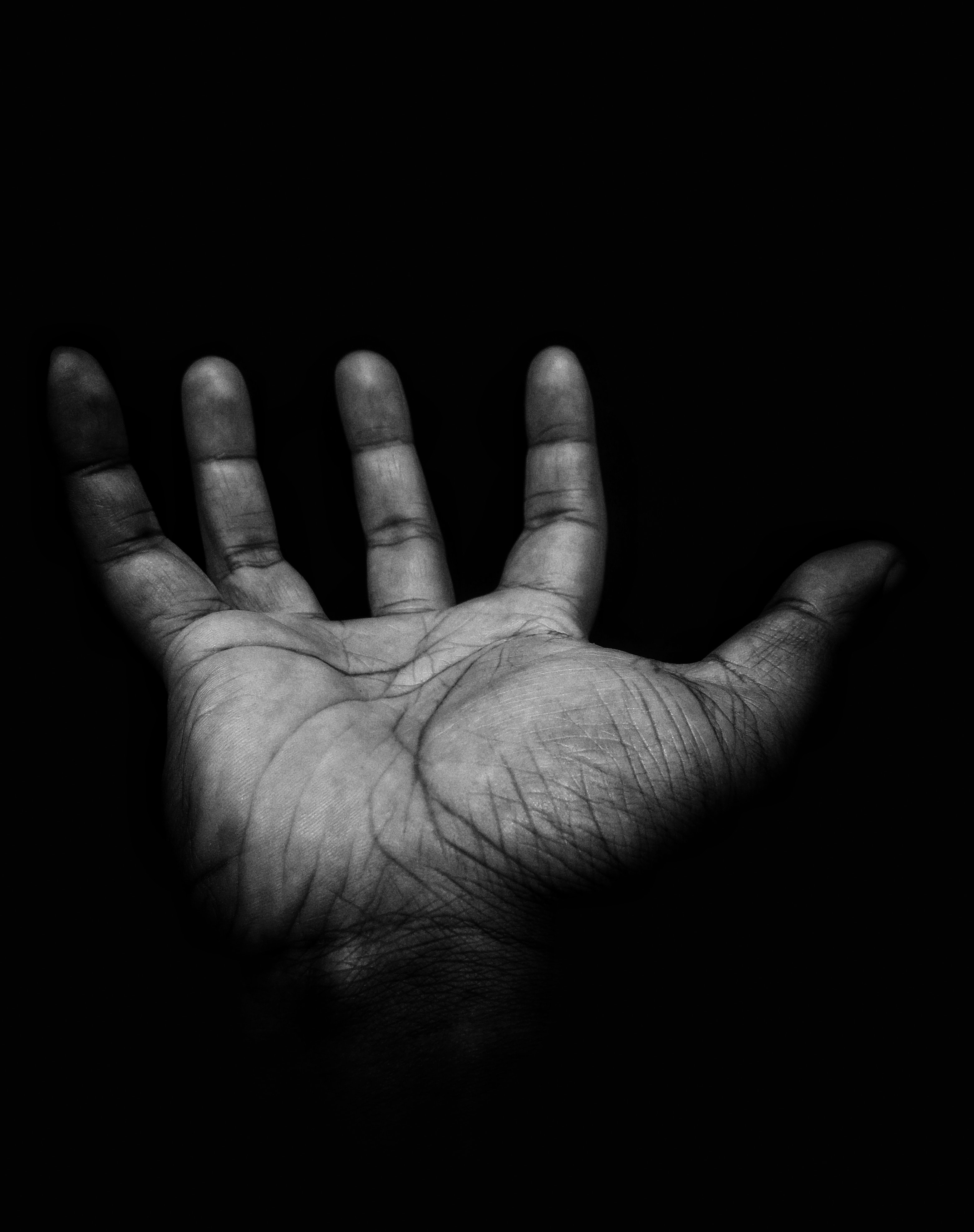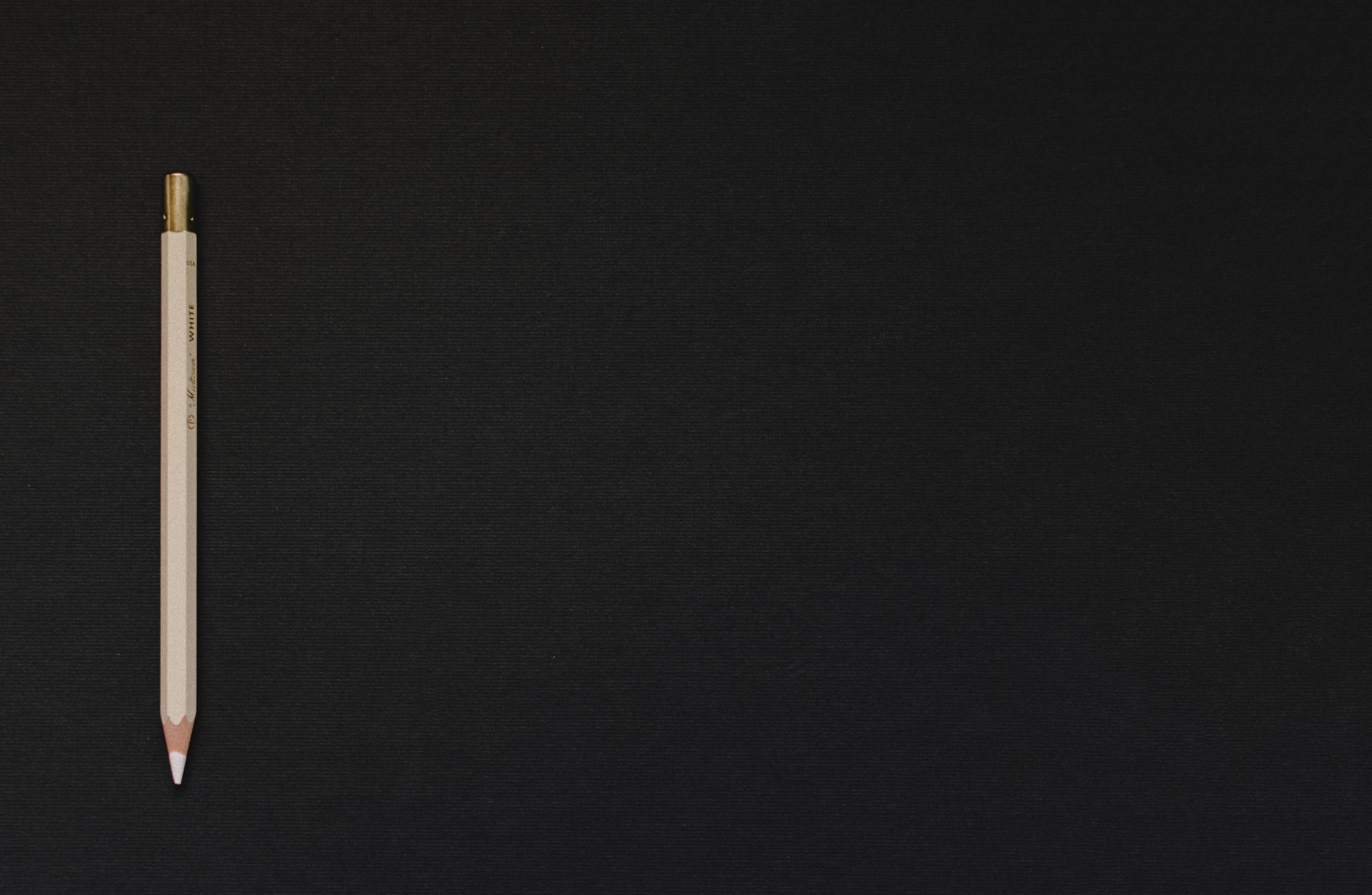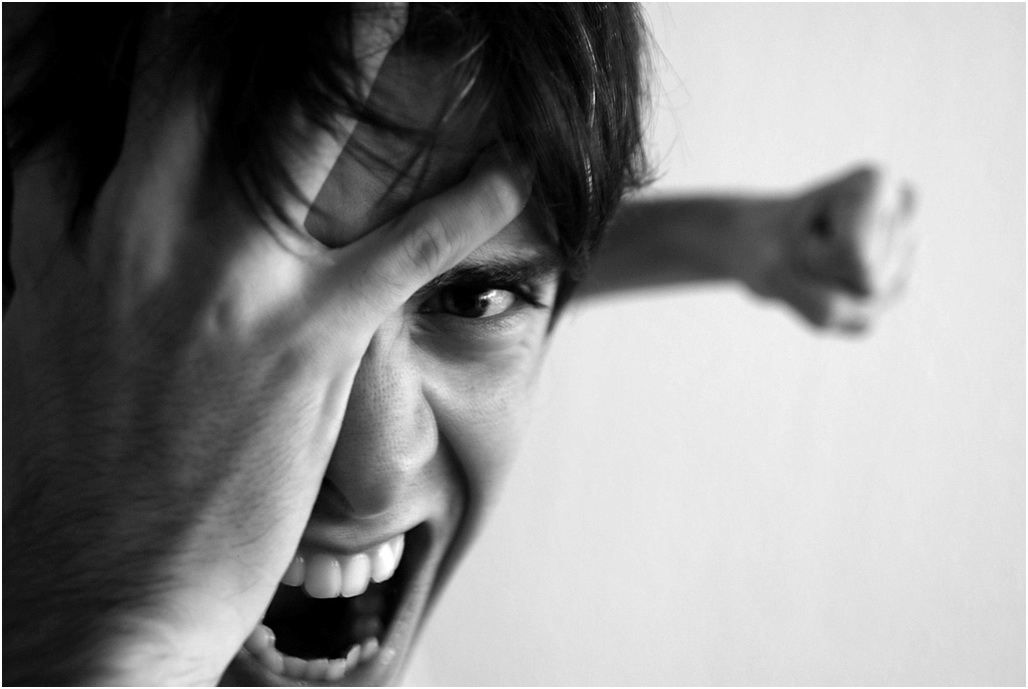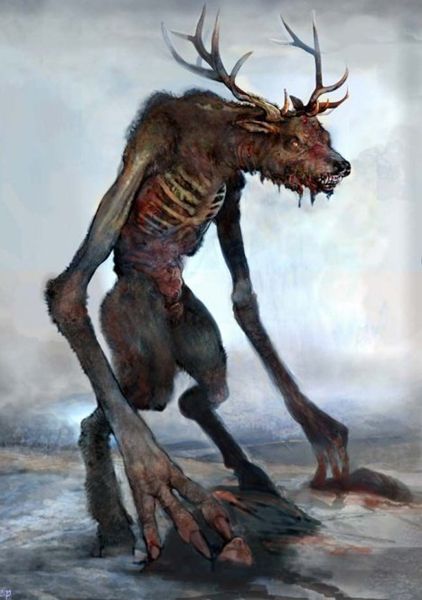
Alien Hand Syndrome:
Those afflicted believe that their hand or arm is not their own.
Alien hand syndrome (AHS) or alien limb sign includes failure to recognize ownership of one's limb when visual cues are removed, a feeling that one body part is foreign, personification of the affected body part, or autonomous activity which is perceived as outside voluntary control.1 Although the hand is most frequently affected, any limb or combination of limbs may fulfill the alien limb criteria.
Two types of AHS have been described. Frontal AHS occurs in the dominant hand and is associated with reflexive grasping, groping, and compulsive manipulation of tools. It is a result of damage to the supplementary motor area, anterior cingulate gyrus, and medial prefrontal cortex of the dominant hemisphere and anterior corpus callosum. Callosal AHS is characterized by intermanual conflict and requires only an anterior callosal lesion. Callosal AHS is best explained by hemispheric disconnection manifested during behaviors requiring dominant hemisphere control.








